With companies progressing and working on such high scales, it has also led to them dealing with large sets of data. Lots of time and resources are being spent to collect as much data as possible since the more the observations, the better the accuracy of the result.
Hence, as the volume of data continues to be on the rise, it has become extremely important to keep it structured and organized. This is important since time management is key for an organization, and the more organized the data is, the fewer resources and time will be spent on analyzing the data. It has thus become extremely important to have a tool that allows you to perform as many actions as possible efficiently in a limited amount of time.
This is where Emacs comes into the picture, which offers features and extensions that allow users to keep themselves organized. Emacs can best be described as that it isn't just a text editor but rather a fully-fledged machine. One such extension of Emacs that helps in organizing yourself is Org, which is a mode offering multiple features such as keeping notes, maintaining lists, and doing project planning. Hence today, we will be looking at how one can use Org-mode to organize your life.
Introduction - Basics of Org
As mentioned above, Org is simply a mode of Emacs that acts as an organizational tool. To open files under Org-mode, open Emacs and hit Ctrl + x followed by Ctrl + f and enter myinit.org.
This will create an empty Org file. Inside this file, we can add headings and lists as well as even source code of multiple programming languages such as Python, Java, etc. Org files follow a hierarchical structure, making it simple and straightforward to use.
Headings can be added inside of it in the following manner:
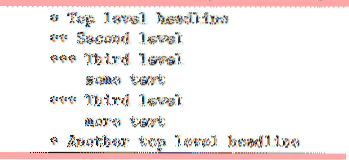
Let us now look at some features of Org that gives it an edge over other tools:
1) Task Management
One of the best features that Org offers is the ability to keep track of tasks. Users can add their daily tasks and keep track of them using TODOs and check-boxes and can even wrap these with notes for more detail.
Let's say we have the following in our Org file:
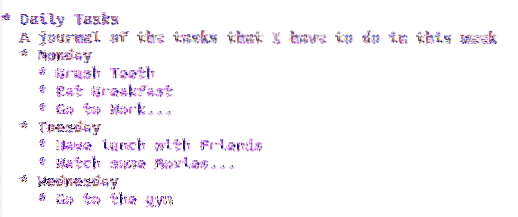
Now we want to add TODOs to this journal and list the completed ones as Done. Go to any purple colored element and hit Shift + right key. A TODO will appear alongside the element.
If you hit Shift + right key once more, the TODO turns into a DONE, and once more, hitting the keys leads to the original plain element. Elements without a TODO and DONE are considered to be in a free state.
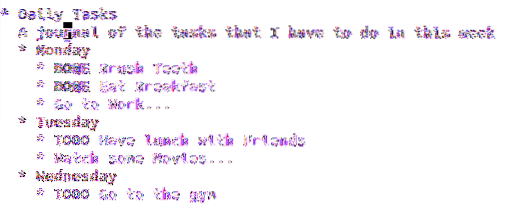
As seen, by default, we only the two keywords - TODO and DONE. However, we can also build a custom task manager. This can be done by using the command: #+SEQ_TODO. Let us set up some custom keywords for our manager. Add the following line to the top of the Org file:
#+SEQ_TODO: WAITING(w) | DONE(d) | CANCELLED(c) | TODO(t)Now reload Emacs and open the myinit.org file. Now go to your task header and hit Shift + right key to check these out:
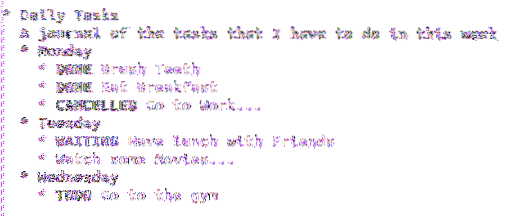
2) Project Planning - Schedules, Deadlines, and Agendas
For projects to be planned and completed on time, Org also allows users to add date and time to their tasks. Users can add dates of when they are planning to start working on a particular task or what deadline it will have for it to be completed. Users can even get an overview of the list of events that are supposed to happen on a particular date.
For adding the date when a task is starting, users can use the schedule command of org-mode. Simply go to any task and hit Ctrl + c, followed by Ctrl + s. You will get something like this:

Choose the date and click on it. Now go to the task and hit Tab. You will see a date along with the schedule keyword below it.

For adding a Deadline to the task, hit Ctrl + c, followed by Ctrl + d. Choose the date and then hit Tab to see it below the task.
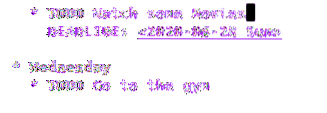
You can even add both schedule and deadline dates on a task.

For getting an overview of the events, hit Ctrl + c, followed by [. This adds your current file to the front of the agenda list.

Now save your file by clicking on Ctrl + x followed by Ctrl + s. To see the events, we first have to open the agenda view, which can be done so by hitting the keys Alt + x and entering org-agenda. This gives you a list of commands that comes along with org-agenda:

To get the agenda for a particular week or day, hit a key. This gives us an overview of all the events happening in the current week. See the image below:
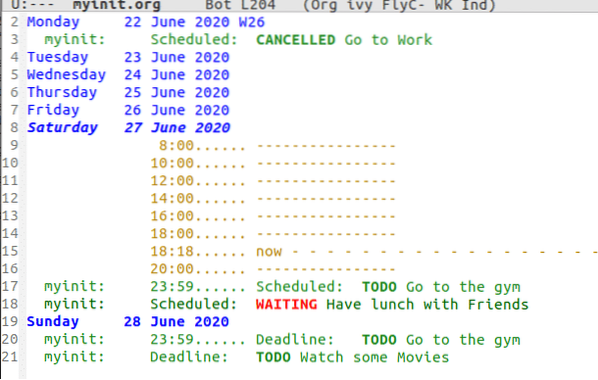
3) Tables
Org also has a built-in table editor. This comes in handy when users want to set up data in a more structured form and perform operations like sum across columns, finding maximum, etc. To create tables in Org, hit Ctrl + c, followed by | (pipe). Org will then ask you to mention the table size.

You can then enter the data and play with it:
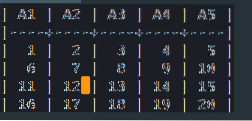
You can add new rows by using the keys Alt + Shift + Down and new columns by Alt + Shift + Right and vice versa.
Does Emacs help in Organizing your Life?
Org is one of the best modes of Emacs, offering some excellent features to its users. You can embed code, schedule items, add properties, have checklists, and so much more. Having such a powerful mode in its grasp lets Emacs shine and has made the organization of our daily tasks so much easier.
 Phenquestions
Phenquestions


